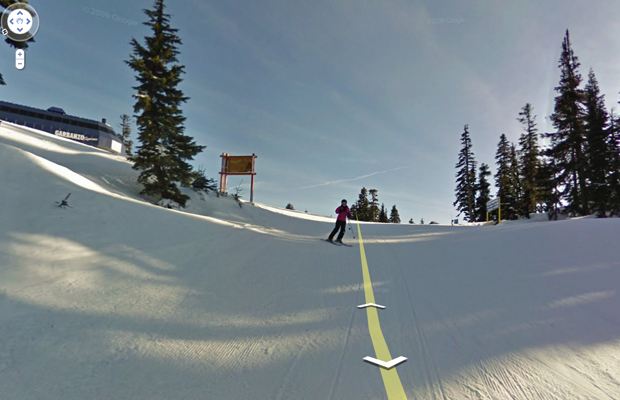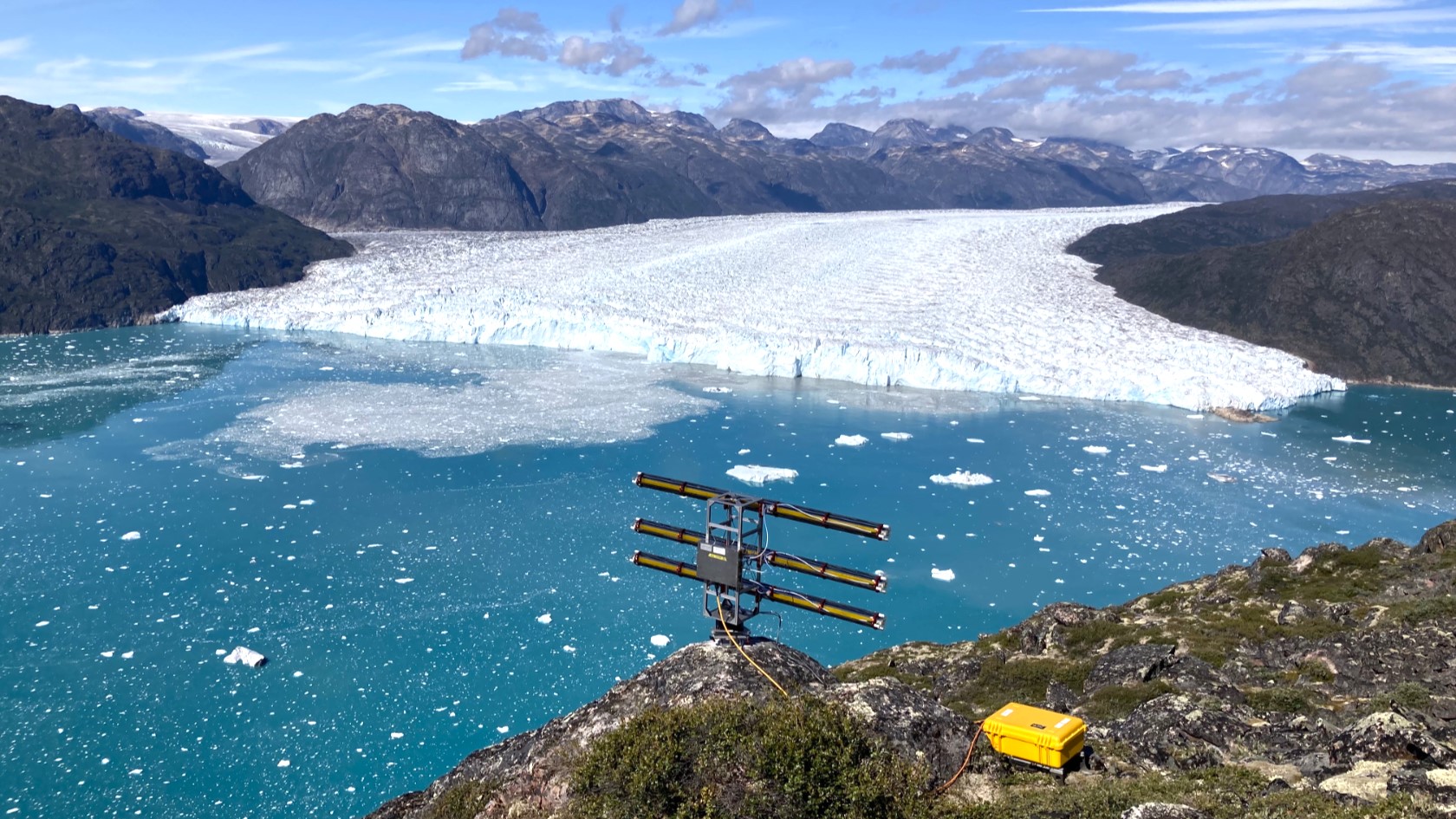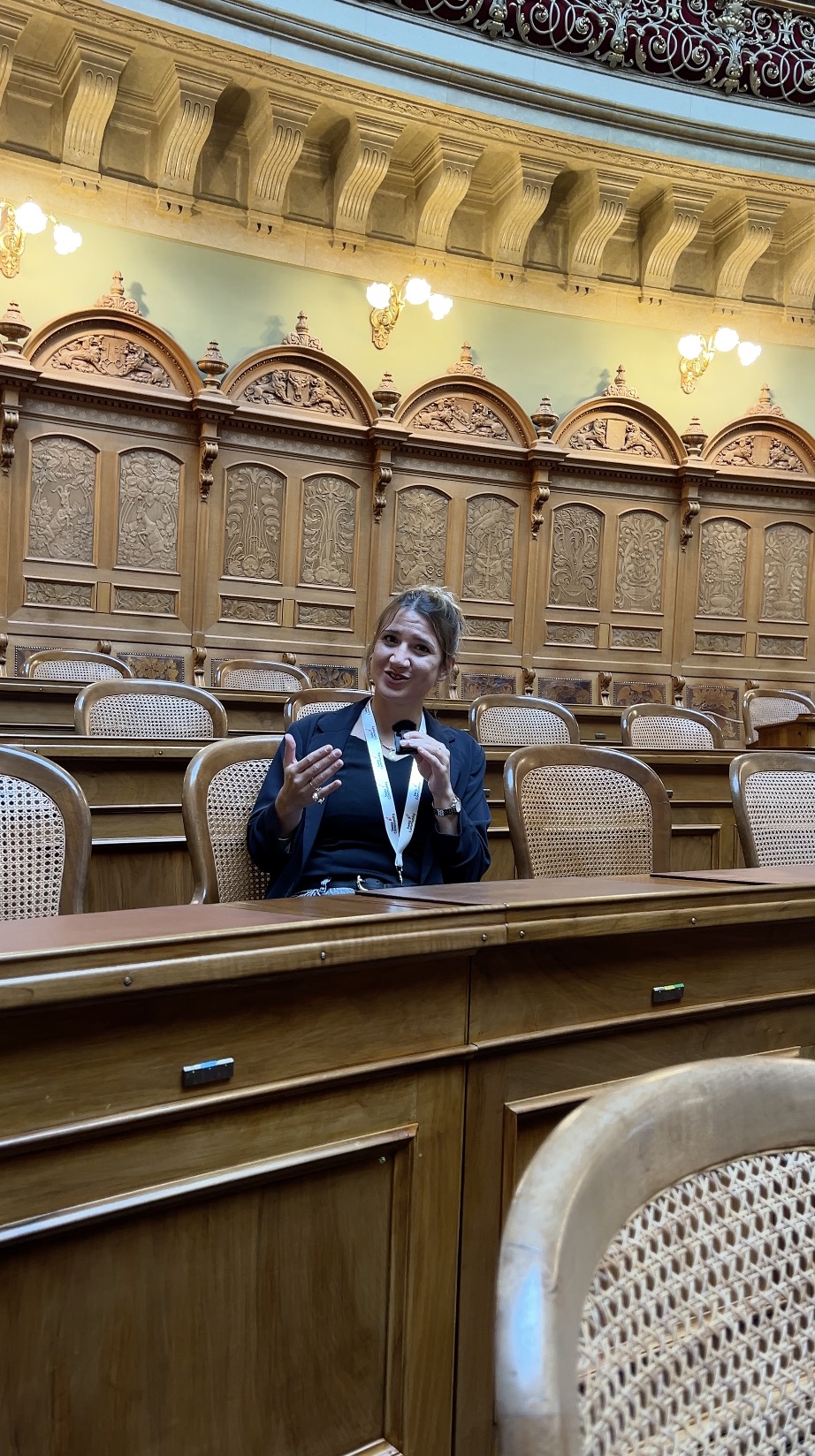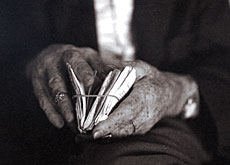
Pistes open up to virtual skiers

After the cities, the slopes. Google Street View is moving onto the ski pistes, and Zermatt has been chosen for the first European outing of its special snowmobile.
The choice wasn’t Google’s. Over 30,000 winter sport enthusiasts took part in a competition launched jointly with Switzerland Tourism at the beginning of February, to select which Swiss resort should be featured.
Of the 30 resorts suggested for the venture, Zermatt – famous worldwide as the village near the Matterhorn – came top with 2,800 votes.
Zermatt’s success was no surprise to Edith Zweifel of Zermatt Tourism.
“Zermatt is the best ski area in Europe!” she told swissinfo.ch. It has won various awards, and has hundreds of kilometres of pistes catering for everyone, she said.
More to the point, perhaps, is that 75 per cent of its visitors come over and over again.
“We wrote to all our fans via social media, via facebook, so we easily came top,” she explained.
Fantastic panorama
Zermatt Tourism thinks the new service will be a useful addition to the existing webcams.
“Our visitors who are already familiar with the pistes can enjoy them even when they aren’t holidaying here, and potential visitors can see what they are like,” said Zweifel.
Matthias Meyer, spokesman for Google Switzerland, enthused about the winning destination in a press release.
¨
“Zermatt has a fantastic piste panorama, and is eminently suitable for the first use of the Street View snowmobile in Switzerland,” he wrote.
Google first ventured onto the snow in the Canadian resort of Whistler Mountain in conjunction with last year’s Winter Olympics, but Zermatt is the first European destination.
Privacy concerns
Google Street View started mapping Swiss cities back in March 2009, but no sooner were they online than the company ran into trouble with the Swiss data protection commissioner, who thought such things as faces and car registration numbers were not sufficiently blurred, violating people’s private sphere.
Google says protecting the private sphere is a matter of “high priority”, and that it is continually improving this aspect of its work. However, the issue is still pending, and goes before the Swiss Administrative Court on February 24. Meanwhile, although filming has continued, no new pictures have been uploaded.
Asked by swissinfo whether the choice of Switzerland to launch its European slope service was an attempt to improve its image, Google did not reply directly. However, it says its site is extremely popular, and it continually receives requests from the Swiss public, businesses and institutions to take more pictures.
Eliane Schmid, spokeswoman for the commissioner’s office, told swissinfo.ch that from a data protection point of view the best thing would be for the pictures to be taken when the slopes were empty.
That isn’t likely to be case, but Zweifel isn’t worried: she says the only recognisable faces in Zermatt will be employees of the ski lifts – members of the skiing public would normally be wearing helmets and sunglasses anyway.
Tourism potential
It is not yet known when the results will be on line. The snowmobile is due to start work shortly, but the subsequent processing of the pictures is an extremely complex task which will take many months.
Switzerland Tourism welcomes the activities of Google Street View, and is working in partnership with it.
Spokeswoman Véronique Kanel told swissinfo.ch that they weren’t worried that that potential visitors might use Street View as an alternative to coming in the flesh.
“You’re never going to get the 3-D experience, you’re never going to interact with the people – not yet, anyway. Maybe in the future…”
“It’s an added value, but I don’t think it will deter people from coming. People want to travel, they want to have an experience, and that’s much more than an interaction via a screen.”
Nor was she worried that people might become more fussy, because they will have more information on which to base their choice of destination.
“I think that’s fine. We put a lot of stress on quality and honesty. …It’s all part of a move towards better transparency. This is in the interests of tourists, and of tourism providers.”
Google Street View explains the aim in similar terms: as resorts are added elsewhere in Europe, visitors will be able to make a more informed choice.
But it hopes surfers will simply use it to admire the “breath-taking high-mountain landscapes” as well.
Google Street View was launched in the US in 2007.
To use Street View you can either type an address or postcode into Google Maps and find a static photo of it, or you can drag an orange icon, called “Pegman” across the map and drop it wherever you like. The street has to be highlighted blue.
An image of the area will appear on the screen and you can then use arrows to rotate it.
A car fitted with a special camera drives around the locality taking photos which then have to be processed to produce a 360 degree picture.
In Switzerland mapping started in March 2009, and the first cities went online in August.
Concerns about violations of personal privacy – faces and car numbers were still recognisable – led the data protection commissioner to impose a temporary stop on Street View activities.
The matter comes before the Administrative Court on February 24.
Meanwhile Google has continued taking pictures, but has not put them online.
Google produced its first Street View pictures of a winter resort in 2010, in the Whistler Mountain area of Canada.
It used a snowmobile with a special camera to take photos of pistes.
Zermatt will be the second resort in the world with Street View
pictures. However, Google intends to use it for other resorts all over Europe.
In summer 2010 Google Street View equipped a trike to take pictures of touristically and historically interesting places which are hard to access, such as the area of the Aletsch glacier and Chillon Castle.
Google has recently also started offering virtual tours round 17 of the world’s leading art museums. More than 1,000 works can be down loaded in high resolution.

In compliance with the JTI standards
More: SWI swissinfo.ch certified by the Journalism Trust Initiative











































You can find an overview of ongoing debates with our journalists here . Please join us!
If you want to start a conversation about a topic raised in this article or want to report factual errors, email us at english@swissinfo.ch.